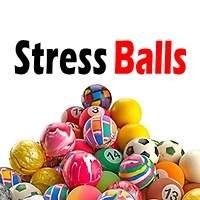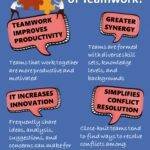
Stress Balls Activity
Stress Balls is an effective energizer to help begin exploring team resilience, problem solving under pressure and teamwork.
At one point or another, most teams will be asked to perform effectively under pressure, whether that’s generated by internal or external stressors. By using team building games that help participants work together and communicate effectively even under difficult circumstances you can prepare your team members for almost anything!
This activity is easy to execute and is ideal for playing with large groups. Start by simply passing a single ball around the room before adding more complex rules to help team members learn a valuable lesson about communication and teamwork.
Start the ball circulating
Tell the participants that you will throw a stress ball to the person on your left. That person will throw the ball to the person on her left and so on until the ball comes back to you.
Conduct a quick debriefing. Ask and discuss these types of questions:
- How did we do?
- What can we learn from that exercise?
- How fast did the ball travel?
- Can we move the ball faster?
Start the second round. Explain that you will now repeat the process and time the event to see how fast the participants can get the ball back to you. Time the round and announce the results.
Conduct another quick debriefing:
- How did we do?
- What impact did the timing have on the speed of the ball movement?
- Was it more difficult to get the ball around this time? Did you have to concentrate more on the activity?
Add a second ball. Explain that you will send two balls around, one after the other. Start the activity and find the time required for both balls to come back to you.
Add a third ball. Explain that the third ball will travel in the opposite direction. Get the balls started and time the event.
Conclude the activity. Thank the participants for focusing on the keeping the balls moving rapidly.
Moment of Reflection
- What happened as the speed and complexity increased? How did the behaviour of the team members change?
- What did you learn from different rounds of the activity?
- What if we added a fourth ball travelling in a random order?
- How can we apply the lessons from this activity for managing complex projects where speed is a major requirement?
The topics of this publication: interactions, strategy, collaboration, teamwork, cooperation, integration, cooperation, disinhibition, observation skills, energize, adaptability skills, adaptation, foster relationships


